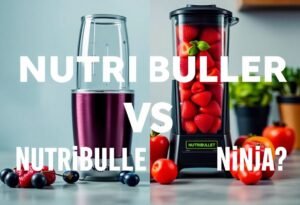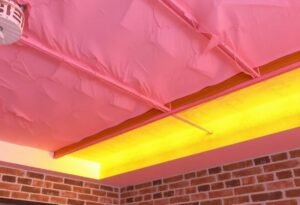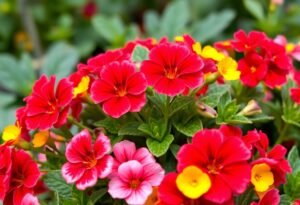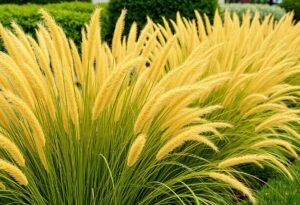Choosing the Perfect Spot
The first step in creating a compost bin is **choosing the perfect spot** that balances convenience with discretion. You want your bin to be easy to access yet **out of sight** from your main outdoor living areas to maintain the visual appeal of your yard. Look for a location that has good air circulation and to receive a bit of sunlight throughout the day. **Additionally**, choose a site that doesn’t collect excess moisture to avoid problematic decay issues.
Designing Your Compost Bin
There are various ways to build a compost bin that fit your space and style. You might opt for **wooden pallets**, repurposed fencing, or even commercially available compost bins found at your local home improvement store. Ensure that your design is **sturdy and well-ventilated**, allowing airflow to facilitate the decomposing process. Consider building a **box style**, which makes managing your compost materials easier and enhances the efficiency of composting.
What Can Be Composted?
Many items can find their place in your compost bin. Ideal candidates include vegetable scraps, fruit peels, grass clippings, and coffee grounds. **The universal rule** is that the more variety you introduce, the better! **However, avoid** meat, dairy products, and fats as they can attract unwanted pests. It’s also valuable to note that composting is a matter of achieving a **balance** between green materials (high in nitrogen) and brown materials (high in carbon).
Caring for Your Compost Bin
To keep your compost bin functioning effectively, **aerate** it periodically to ensure fresh air circulation. You might also need to **add water** if your compost appears too dry. No matter how much you try, expect variances in the final product – this is part of the enchanting process of composting. Over time, with the help of microorganisms, nature will work for you, and soon you’ll be rewarded with wonderfully rich compost.
When Is Compost Ready?
As your composting process unfolds, you’ll notice a significant reduction in the volume of materials within your bin after several months. Compost is ready when it has a **dark color**, a crumbly texture, and resembles rich soil. You can easily sieve it through a mesh to remove any larger fragments that haven’t fully decomposed yet.
The Benefits of Composting
Composting provides numerous benefits to both the environment and your garden. By enriching the soil, you enhance its ability to retain water and introduce essential nutrients essential for plant health. **Moreover**, composting is a step towards sustainable living and helps reduce the amount of organic waste sent to landfills.
Conclusion
Building your own compost bin is not only a practical way to repurpose organic waste but also a fantastic investment in the future vitality of your garden. We encourage you to embark on the composting journey and embrace this natural fertilizer that will nourish your plants as they grow. Take your first step towards a healthier garden today!
Disclaimer
The information contained in this article is for informational purposes only and should not be considered a substitute for professional advice. It is recommended to consult with a gardening expert before attempting to build a compost bin.

















